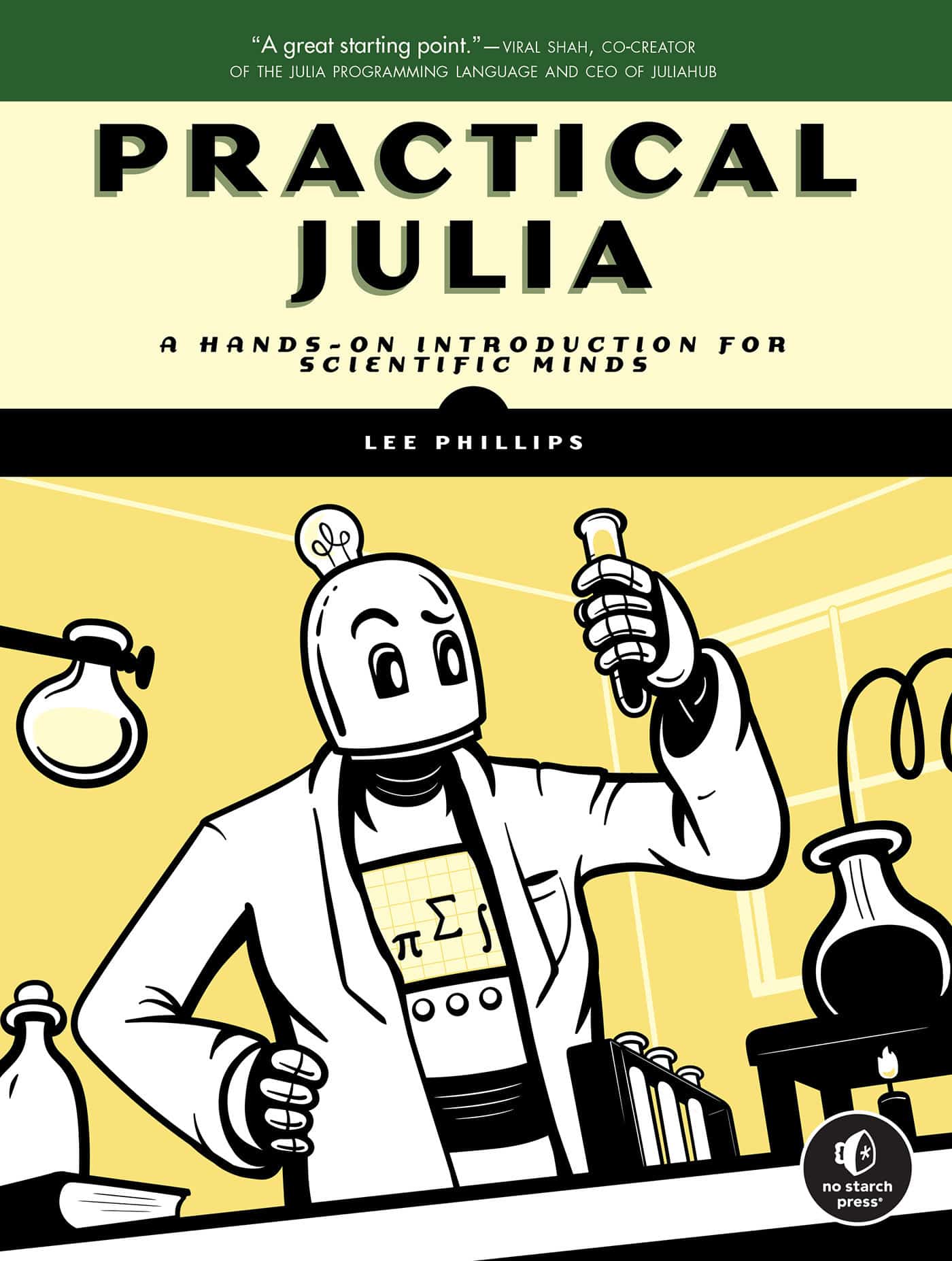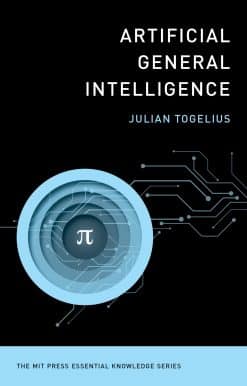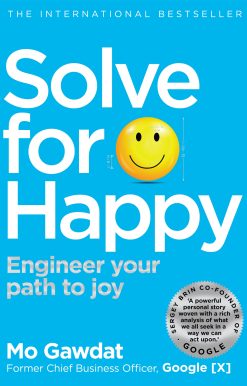Practical Julia: A Hands-On Introduction for Scientific Minds
59.99 JOD
Please allow 2 – 5 weeks for delivery of this item
Description
Learn to use Julia as a tool for research, and solve problems of genuine interest—like modeling the course of a pandemic—in this practical, hands-on introduction to the language.The Julia programming language is acclaimed in scientific circles for its unparalleled ease, interactivity, and speed. Practical Julia is a comprehensive introduction to the language, making it accessible even if you’re new to programming.Dive in with a thorough guide to Julia’s syntax, data types, and best practices, then transition to craft solutions for challenges in physics, statistics, biology, mathematics, scientific machine learning, and more. Whether you’re solving computational problems, visualizing data, writing simulations, or developing specialized tools, Practical Julia will show you how.As you work through the book, you’ll:• Use comprehensions and generators, higher-level functions, array initialization and manipulation, and perform operations on Unicode text• Create new syntax and generate code with metaprogramming and macros, and control the error system to manipulate program execution• Visualize everything from mathematical constructs and experimental designs to algorithm flowcharts• Elevate performance using Julia’s unique type system with multiple dispatch• Delve into scientific packages tailored for diverse fields like fluid dynamics, agent-based modeling, and image processingWhether your interest is in scientific research, statistics, mathematics, or just the fun of programming with Julia, Practical Julia will have you writing high-performance code that can do real work in no time.Online Resources: Ready-to-run code samples, illustrations, and supplemental animations available at https://julia.lee-phillips.org.
Additional information
| Weight | 1.01 kg |
|---|---|
| Dimensions | 3.12 × 18.03 × 4.22 cm |
| by | |
| Format | Paperback |
| Language | |
| Pages | 528 |
| Publisher | |
| Year Published | 2023-10-31 |
| Imprint | |
| Publication City/Country | USA |
| ISBN 10 | 1718502761 |
| About The Author | Lee Phillips was a theoretical and computational physicist at the Naval Research Laboratory for 21 years. He has presented his research in numerous scientific papers and international conferences. He has also written many popular articles on science and its history, and on the use of computers in research. He’s involved with science education and outreach, including serving on the Board of Directors of the Friends of Arlington’s Planetarium and maintaining their website. |
"A great starting point for the reader’s journey into Julia – with the first part covering the fundamentals of the language and second part diving into a variety of different scientific disciplines." —Viral Shah, co-creator of the Julia programming language and CEO of JuliaHub"This is a nice deep dive that covers a lot of ground, from the basics on how to define arrays and use the type system all the way to biochemical modeling and scientific machine learning. Lee gives a very nice in-depth treatment, showing not only the most standard ways to do things, but also some different library options along with a good explanation of the pros and cons to the choices. I think this is a great book for any Julia user's shelf."—Christopher Rackauckas, Applied Mathematics Instructor, Massachusetts Institute of Technology"Practical Julia is clear, concise, and complete, exactly what you want in an introductory book. It’s also really interesting; the author has an engaging voice and a knack for good examples. Along with a general introduction to Julia, he provides real-world illustrations of applying Julia to specific problems in biology, physics, statistics, machine learning, and other areas. Highly recommended."—David Chappell, Principal of Chappell & Associates |
|
| Table Of Content | IntroductionPART I: LEARNING JULIAChapter 1: Getting StartedChapter 2: Language BasicsChapter 3: Modules and PackagesChapter 4: The Plotting SystemChapter 5: CollectionsChapter 6: Functions, Metaprogramming, and ErrorsChapter 7: Diagrams and AnimationsChapter 8: The Type SystemPART II: APPLICATIONSChapter 9: PhysicsChapter 10: StatisticsChapter 11: BiologyChapter 12: MathematicsChapter 13: Scientific Machine LearningChapter 14: Signal and Image ProcessingChapter 15: Parallel ProcessingIndex |
Only logged in customers who have purchased this product may leave a review.






Reviews
There are no reviews yet.